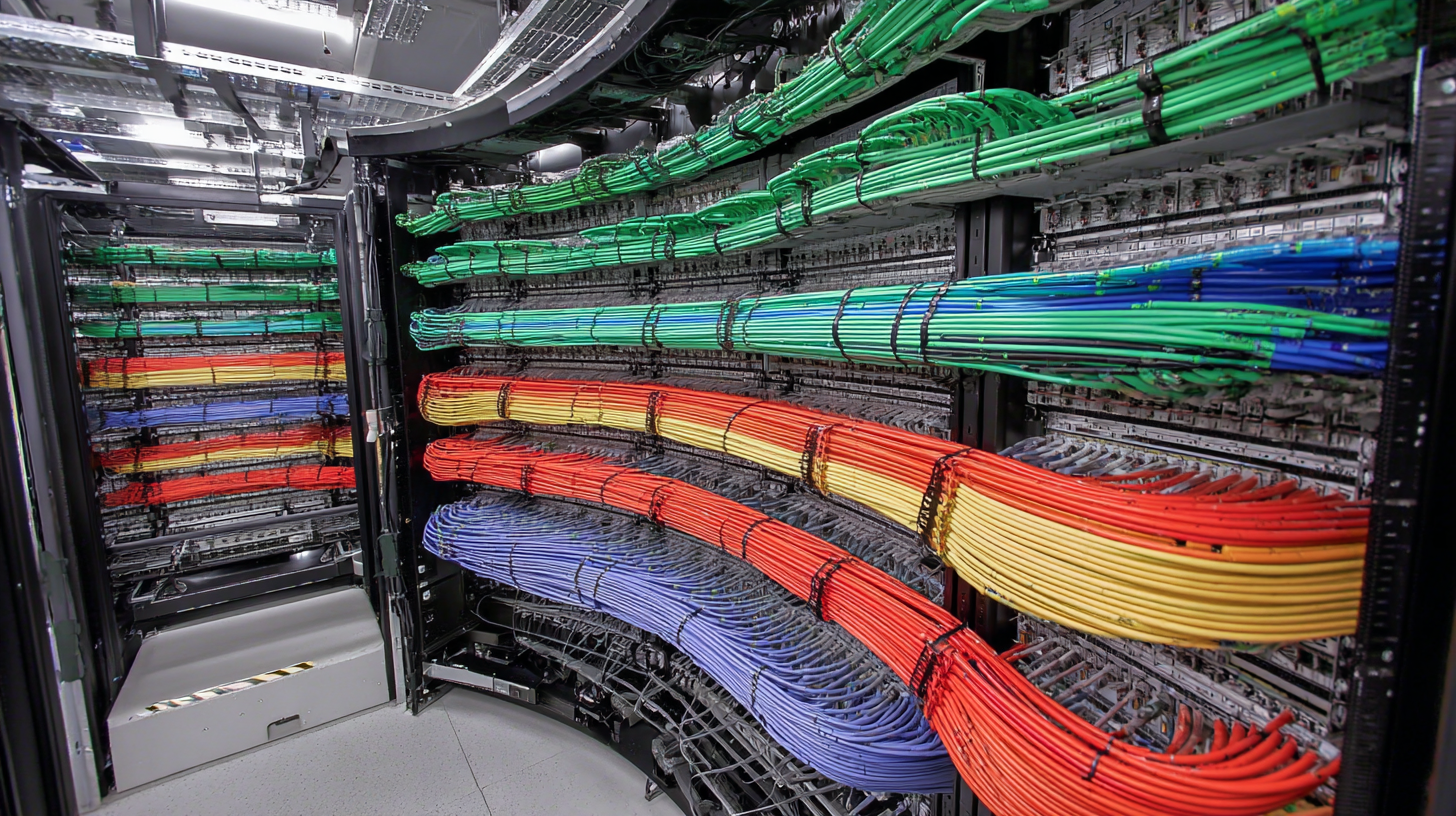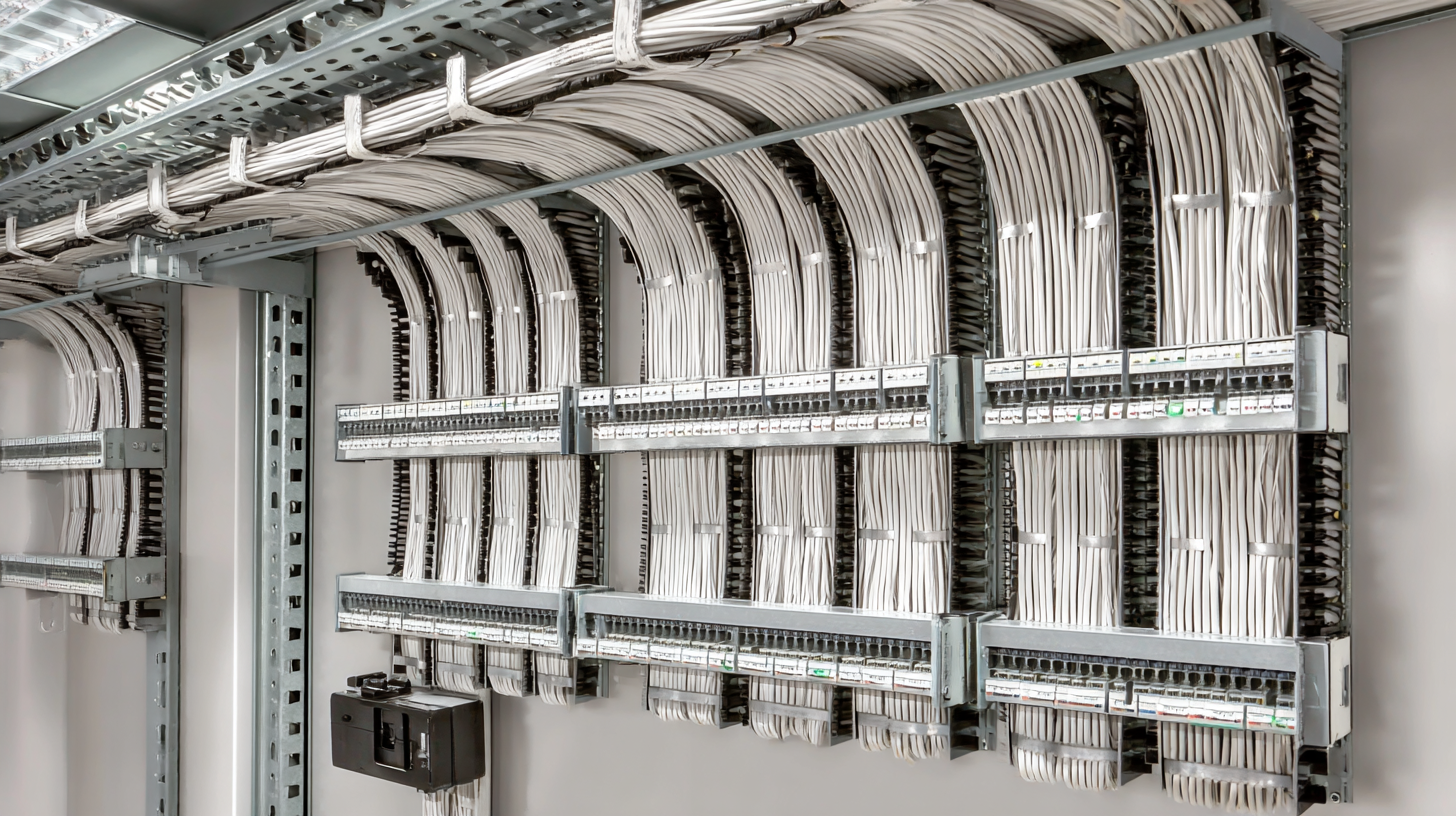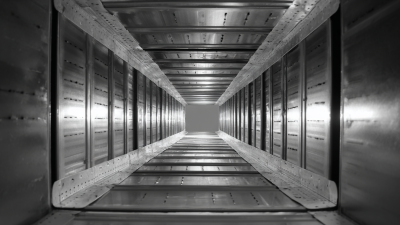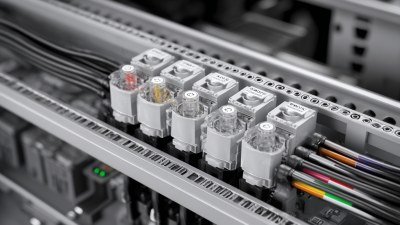Understanding AC Trunking: A Comprehensive Guide to Efficient Cable Management Solutions
In today's rapidly evolving technological landscape, efficient cable management is paramount for both performance and safety in electrical installations. AC trunking, a vital component of modern infrastructure, enhances organization and minimizes hazards associated with cable clutter. According to a report by MarketsandMarkets, the global market for cable management systems is expected to reach $25.2 billion by 2025, driven by increasing demands for streamlined operations in commercial and industrial settings. The adoption of AC trunking solutions not only optimizes space utilization but also facilitates easy access for maintenance and upgrades. As organizations strive for sustainability and efficiency, understanding the intricacies of AC trunking becomes essential for ensuring compliance with industry standards and enhancing operational workflows. This comprehensive guide aims to illuminate the best practices and innovative solutions in AC trunking, providing valuable insights for businesses eager to improve their cable management strategies.

Choosing the Right AC Trunking System for Your Needs
When selecting the right AC trunking system for your needs, it is essential to consider both
functionality and aesthetics. A well-designed trunking system not only facilitates
efficient cable management but also helps maintain the overall visual appeal of your space. For instance, the concerns raised by
flat buyers in Tengah about the visibility of centralized cooling systems highlight
the importance of choosing trunking solutions that blend seamlessly with the environment. Opting for
sleek, unobtrusive designs can prevent disruption to the aesthetic value of your home.
Furthermore, as portable air conditioning solutions gain popularity, understanding the specific
requirements for your cooling needs becomes crucial. With various options available in the market, assessing factors like
capacity, efficiency, and noise level can ensure you choose the best portable AC unit
that aligns with your lifestyle while considering how trunking will integrate with these systems. Striking the right balance
between practical functionality and visual coherence will greatly enhance your overall satisfaction with your cooling solutions.
Key Factors in Designing an Efficient Cable Management Layout
Designing an efficient cable management layout is crucial for optimizing the performance and safety of electrical installations. One key factor to consider is the organization of cables. Properly categorizing cables according to their functions and destinations helps streamline troubleshooting and maintenance. By utilizing cable trays or AC trunking systems, installers can avoid the complications that arise from tangled or overlapping wires, which can lead to confusion and potential hazards.
Another important consideration is the material and design of the cable management system. Choosing durable materials that can withstand environmental factors, such as heat and moisture, enhances the longevity of the installation. Additionally, the layout design should facilitate airflow and reduce overheating risks, particularly in densely populated cable areas. Incorporating modular components allows for future scalability, making it easier to accommodate additional cables as the system evolves. Overall, a thoughtful approach to designing an efficient cable management layout is essential for maximizing both functionality and safety.

Step-by-Step Guide to Installing AC Trunking in Your Space
 Installing AC trunking can significantly enhance your space's cable management, ensuring a tidy and organized environment. To begin, assess the layout of your area and determine the most efficient path for the trunking. Measure the length required and mark the installation points on the wall or ceiling. It’s crucial to select the appropriate materials that can support the weight and complexity of your cabling system.
Installing AC trunking can significantly enhance your space's cable management, ensuring a tidy and organized environment. To begin, assess the layout of your area and determine the most efficient path for the trunking. Measure the length required and mark the installation points on the wall or ceiling. It’s crucial to select the appropriate materials that can support the weight and complexity of your cabling system.
Tips: Always use a stud finder to locate wall studs before drilling, as this will provide a secure anchor point for your trunking. Additionally, plan for any future cable additions by installing larger trunking than you currently need; this will save you time and effort down the line.
When it comes to attaching the trunking, use high-quality adhesive or appropriate screws to secure it firmly to the surface. Ensure that all cables are neatly organized within the trunking, utilizing cable ties to prevent tangling. Finally, double-check that all access points are clear and that your setup looks professional.
Tips: Consider adding labels to your cables for easy identification later. This small step can make maintenance and troubleshooting far more manageable in the future.
Maintenance Tips for Long-lasting AC Trunking Solutions
When it comes to maintaining AC trunking systems, ensuring longevity and efficiency is essential. Regular inspections and timely maintenance can significantly reduce operational downtime and extend the lifespan of the trunking installations. According to a report by the International Electrotechnical Commission (IEC), improper maintenance can lead to a decrease in system efficiency by up to 30%, making it crucial to implement an effective maintenance schedule.
Tips for maintaining AC trunking systems include regular cleaning to prevent dust accumulation and monitoring for any signs of wear or damage. Utilizing moisture-proof materials can also help mitigate the risk of corrosion, especially in environments prone to humidity. Additionally, implementing a labeling system can enhance the accessibility of cables, making future maintenance easier and more efficient.
Another important aspect is to ensure that the cable load does not exceed the trunking's capacity. The National Electric Code (NEC) recommends adhering to specific load ratings based on the trunking’s size and material type. By following these guidelines and conducting routine checks, users can enhance the functionality and durability of their AC trunking solutions, ultimately leading to more reliable performance in the long run.
Common Mistakes to Avoid When Using AC Trunking Systems
When utilizing AC trunking systems, avoiding common mistakes is crucial for efficient cable management. One of the prevalent pitfalls is opting for inexperienced or unqualified installation providers. This has been echoed by recent warnings regarding solar power installations, highlighting the risks associated with choosing unreliable contractors. Homeowners are urged to conduct thorough research and select qualified professionals to prevent costly errors that can arise from poor installation practices.
Another common mistake in AC trunking is neglecting proper planning and layout design. Failing to map out a clear cable routing strategy can lead to unnecessary complications, increased installation time, and difficulties in future maintenance. Just as homeowners in South Africa faced financial losses due to hasty decisions about solar installations, similar consequences can occur with AC trunking if attention to detail is overlooked. By avoiding these mistakes and prioritizing quality installation and careful planning, users can ensure a more effective and efficient cable management solution.
Understanding AC Trunking: A Comprehensive Guide to Efficient Cable Management Solutions
| Common Mistakes | Impact on System | Corrective Measures |
|---|---|---|
| Overloading Trunking | Increased risk of overheating and failures. | Ensure load calculations are accurately performed. |
| Ignoring Cable Ratings | Potential for short circuits and electrical fires. | Select cables that meet or exceed rating requirements. |
| Incorrect Installation Practices | Disrupts cable routing and increases maintenance costs. | Follow manufacturer guidelines closely during installation. |
| Neglecting Regular Maintenance | Leads to degradation and potential downtime. | Implement a consistent maintenance schedule. |
| Inadequate Consideration of Environmental Conditions | May result in equipment damage or failure. | Assess and adapt design based on environmental factors. |
Related Posts
-

The Ultimate Guide to Understanding Air Conditioning Trunking: Benefits and Installation Tips
-

Ultimate Guide to Efficient Air Conditioning Installation for Your Home Comfort
-

Exploring the Advantages of AC Trunking for Modern Electrical Systems
-

How to Choose the Right Residential Air Conditioning Installation for Your Home Comfort Needs